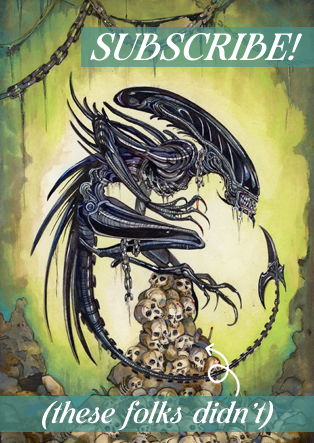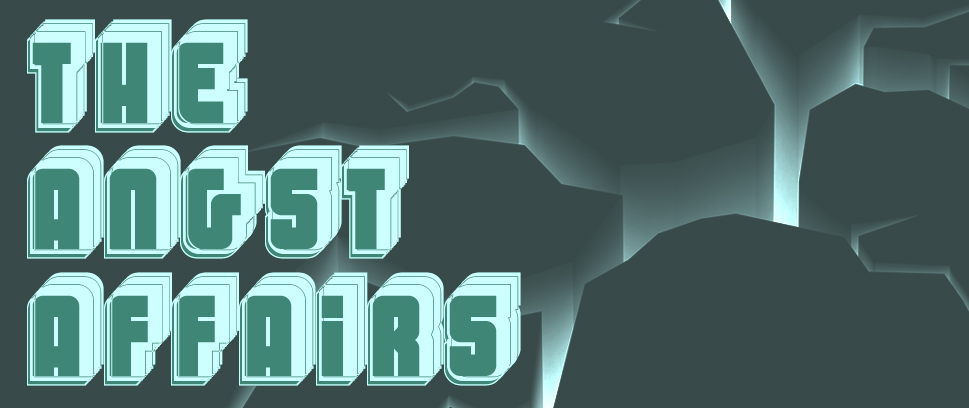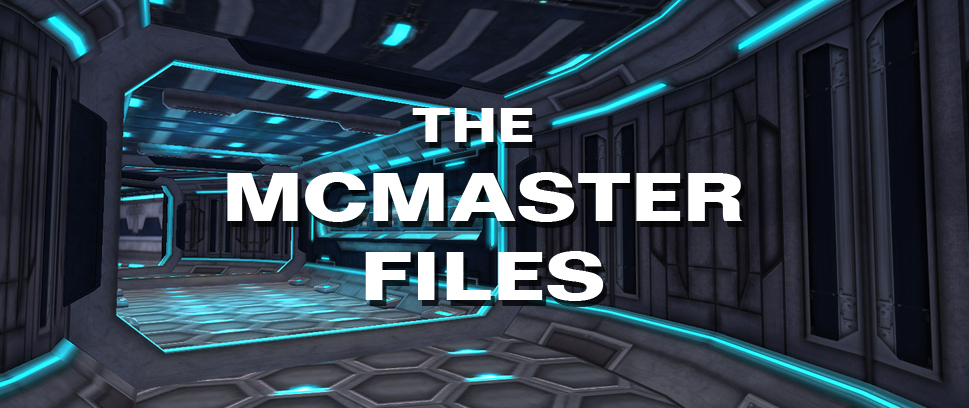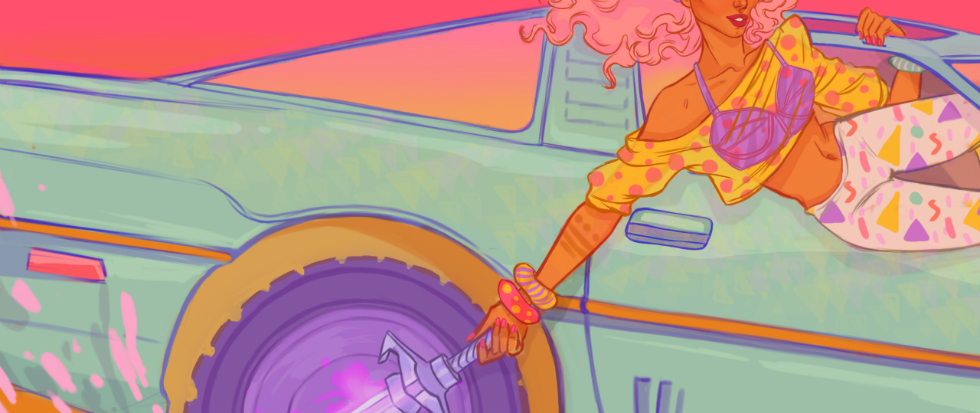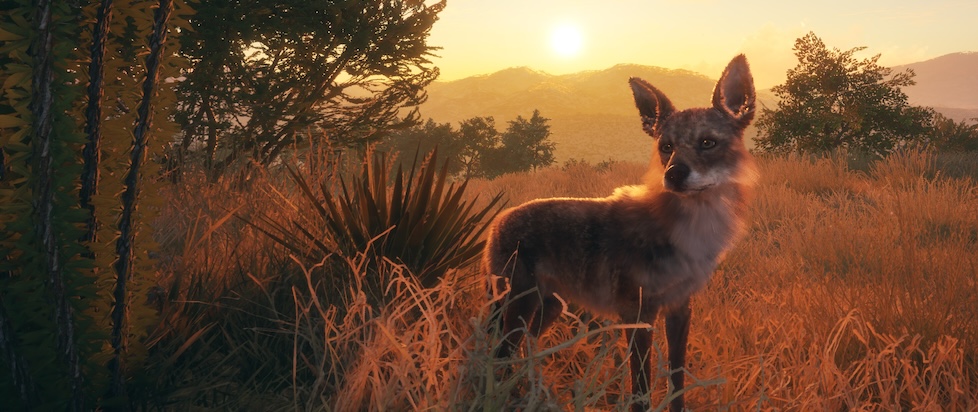
An Interview with Game Director Kim Krogh Nielsen on theHunter: Call of the Wild
Hunting is a complicated topic at the best of times. What was once a necessity of existence has become, for many nations and societies, purely a matter of sport. We have instituted rules and regulations as conservation of wildlife remains an issue close to the heart of many, including hunters. For years, hunting enthusiasts have had the option to virtually hunt, but most hunting games offered have been far from accurate to the act of taking the time to patiently hunt out in the beauty of nature. Most are little more than Call of Duty or The House of the Dead with cheetahs, deer, and bison in the place of terrorists and zombies.
Yet, as someone who grew up around rednecks, my time with theHunter: Call of the Wild gave me pause. I was curious if any hunting game could capture the feeling of the real thing, and theHunter might be one of the closest alternatives yet, especially for those with ethical qualms over real-life hunting in this day and age. So I was very eager to talk with Kim Krogh Nielsen, Game Director at Expansive Worlds (a creative division within Avalanche Studios Group).
“Most fans are drawn to the realism of the hunting experience,” Nielsen says, reflecting on theHunter’s persistence in a market that’s seen the likes of Cabela’s tie-in games fall to the wayside. “They enjoy the freedom to explore our authentic open worlds, as it makes them feel as if they’re truly in the wilderness. Researching and understanding the animal species; observing their behaviors and senses; [it all] adds to the thrill and challenge of hunting. Ultimately, they can tap into their innate instincts, track and pursue a specific animal, and feel a sense of accomplishment similar to that of a seasoned hunter.”
That fundamental focus on strategy and planning is central to the game, though theHunter’s developers aren’t averse to throwing you into an adrenaline fueled fight for survival either; at one point during my play session, I was ambushed by a hostile moose that nearly killed my character as I frantically fought it off with a revolver. Yet for many, the point of hunting is in many ways a crucial balance of downtime to savor the mood between a risky shot or a dangerous encounter.
“Some players hold dear memories from real-life hunting trips,” Nielsen explains, “Playing the game allows them to rekindle experiences with their friends and family. For those unable to participate in physical outdoor adventures, hunting games can serve as an enjoyable substitute, reigniting those treasured moments. We also see this group excited about our camera mode, which allows players to sneak up close to the animals and take photos.”

Player feedback is paramount, as Nielsen describes it. With such a global game, boasting multiple biomes across its expansions, and an array of race and some gender options represented, it’s a refreshingly inclusive display of what a hunter can look like. “This initiative came naturally from within our team. We have a very diverse team with more than 60 nationalities represented across the entire company, from a wide array of backgrounds. We highly value diversity and our company policies actively promote inclusive design in our game development.” He adds, “Personally, I’m a firm believer in collaborative design and I actively engage with all the complexities that come with integrative decision-making. And the character customization has been well received by our players, and I think there’s a lot more we can do in this area. [The players also] provide us with invaluable insights based on real life hunting experience and from playing our game.”
“From within our community, we invited a group of select members to form our Player Council. This group gets unique first insights into our plans, and we listen closely to their feedback and suggestions so we can continue to create the best possible digital hunting experiences.” He quickly adds, “Of course, we also dedicate time to read reviews and comments, engage with players on online social platforms, and distribute surveys and polls to better understand our players’ needs. Creating the hunter fantasy requires a careful balance between providing an authentic experience and enjoyable gameplay.”
A similar balance Neilsen cites is achieving the animal AI. At this point, it’s fairly well trodden territory on how to make a more human opponent act in a challenging way, but animals, especially those with a sense of self-preservation, are far trickier. While that one moose might’ve ambushed me as I played, far more of the animals I pursued were instead more inclined to flee, with natural habitats and hiding places. All while also offering optional accessibility aids in the UI and environment. “The key is to get players immersed in the role of the hunter and to make sure that the animals react to their actions in believable ways. When these two elements successfully come together, players are more likely to accept and appreciate the slow pace and tension.”
Nielsen continues, “We treat every single animal as a main character in theHunter: Call of the Wild. This requires sophisticated AI. We dedicate many hours to studying each animal and talking to local guides to understand the animals’ unique behaviors, specific needs, and which biomes they prefer. It is important to us that each animal species can be hunted in accordance with this. That said, while we want the experience to be as immersive and authentic as possible, it’s still a video game—I don’t think anyone wants to wait two hours for an animal to show up, which can be the case in real life.” He chuckles.
Mastering level design in this context is its own challenge. While theHunter does feature limited fast travel and exploration evocative of Far Cry games, much of its expanse is instead wide open terrain for you and your quarry. It’s a design process as much about variety as it is respectful depiction, with collaborations with local guides and cultural consultants to even ensure that the hunting traditions and history of each region are depicted accurately. Each region also has a key highlight to contend with, such as the Bengal Tiger in their latest expansion exploring the Sundarpartan Nepal Hunting Reserve.
Another unique challenge facing theHunter’s staff was translating all of these ideas into a multiplayer context. Players can cooperatively hunt, or wander apart across the various reserves. Yet, while you’d expect multiplayer might throw off the slow burn vibes, Nielsen explains his team specifically strove to maintain it: “We know that many of our players enjoy theHunter: Call of the Wild as an alternative to their fast-paced shooter games, so key for us was to keep the multiplayer experience as relaxed and approachable as possible and have nature and wildlife as the main characters. For example, we allow players to invite their friends to a reserve they themselves do not own. I won’t be able to share all our learning and plans; however, it’s certainly an area where we see lots of opportunities to mirror the hunting experiences that friends and family share in real life.”

He quickly adds “I also want to mention the work the team has done behind the scenes to improve tech and fix issues. Our game integrates many sophisticated systems that require regular maintenance. In terms of what is visible to players, theHunter has most significantly evolved by increasing the hunting opportunities for different animals in locations almost all over the world.” It’s an effort they’ve achieved across over fifteen virtual reserves, with over eighty animal species.
The dedication sticks with Nielsen beyond his time in the studio as well, explaining, “I strongly believe that real-life hunters contribute directly to wildlife conservation. I have a hunting license myself and collaborate with expert hunters to examine all aspects of the practice. Our team recently visited a shooting cinema to hone our shooting skills, learn hunting techniques, dismantle weapons, and engage in insightful conversations with professional hunters about the essence of hunting.”
That priority of emphasizing the crucial balance of conservation is even explored in the games’ storylines, “For example, the storyline in the Te Awaroa National Park DLC involves players in conservation activities. We also strive to respectfully acknowledge local cultural heritage through both research and implementation. I believe virtual hunting can act as an alternative for people who enjoy hunting as a hobby but won’t do it in real life due to conservation concerns. Additionally, the game offers photo missions as an alternative for players. “ The emphasis on story and guided missions is also one of many additional accessibility affordances made for those less familiar with hunting but curious about the game. I was surprised by it, and the rather relaxed nature of the hunter guiding you over the radio. It’s a rarity among FPS titles.
Nielsen concludes, “That said, I don’t believe virtual hunting will become the main basis of the hobby. Getting up and out of bed while the last of the pub-goers are heading home, to meet friends and venture into the moisty woods under unpredictable weather, and patiently sitting still for hours without even seeing prey, is not an experience you can easily trade with a game. Our goal is to complement the pursuits of both real-life and virtual hunters, as well as those who simply enjoy the wilderness.”
———
With over ten of writing years in the industry, Elijah’s your guy for all things strange, obscure, and spooky in gaming. When not writing articles here or elsewhere, he’s tinkering away at indie games and fiction of his own.
